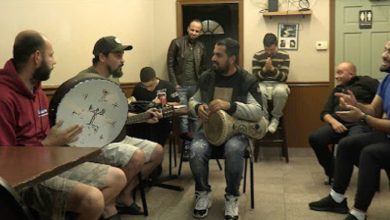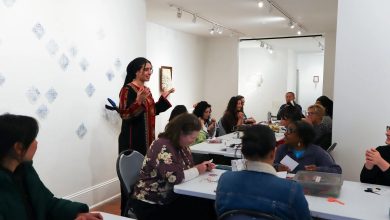Hijab and Higher Education: Muslim Women’s Academic Pursuits in the United States
How Muslim Women Wearing the Hijab Thrive in American Universities Despite Challenges.
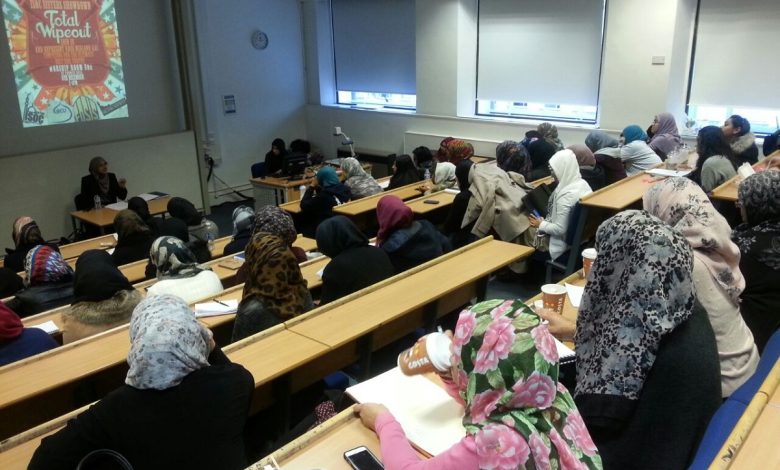
The hijab, a visible symbol of Islamic identity, does not prevent Muslim women from pursuing higher education in the United States. On the contrary, many Muslim women—including those who wear the hijab—excel in American academic institutions across disciplines such as medicine, law, engineering, and the arts. However, their journey is not without challenges, especially when it comes to social perception, cultural bias, and institutional discrimination.
1. Rising Enrollment of Muslim Women in U.S. Universities
Over the past two decades, the number of Muslim women enrolling in American colleges has steadily increased, especially among international students from the Middle East, North Africa, and South Asia, as well as American-born Muslims. Studies by organizations like the Institute for Social Policy and Understanding (ISPU) confirm that Muslim women in the U.S. are at least as likely, if not more likely, to obtain a college degree than the general American population.
Many of these students wear the hijab proudly and see it not as a barrier, but as a source of strength, discipline, and personal identity.
2. Challenges Hijabi Students May Face
Despite strong academic performance, hijabi students often navigate specific forms of discrimination:
-
Stereotypes and Islamophobia: Muslim women in hijab may be misjudged as oppressed, conservative, or foreign, regardless of their citizenship or academic credentials.
-
Social Isolation: Some hijabi students report feelings of exclusion or microaggressions in classrooms or campus events.
-
Security and Safety Concerns: In the wake of political events or media controversies, visibly Muslim students may feel vulnerable, particularly in less diverse regions.
However, most U.S. universities today provide robust support systems, including Muslim Student Associations (MSAs), interfaith offices, anti-discrimination policies, and diversity programs that empower hijabi students to speak, lead, and thrive.
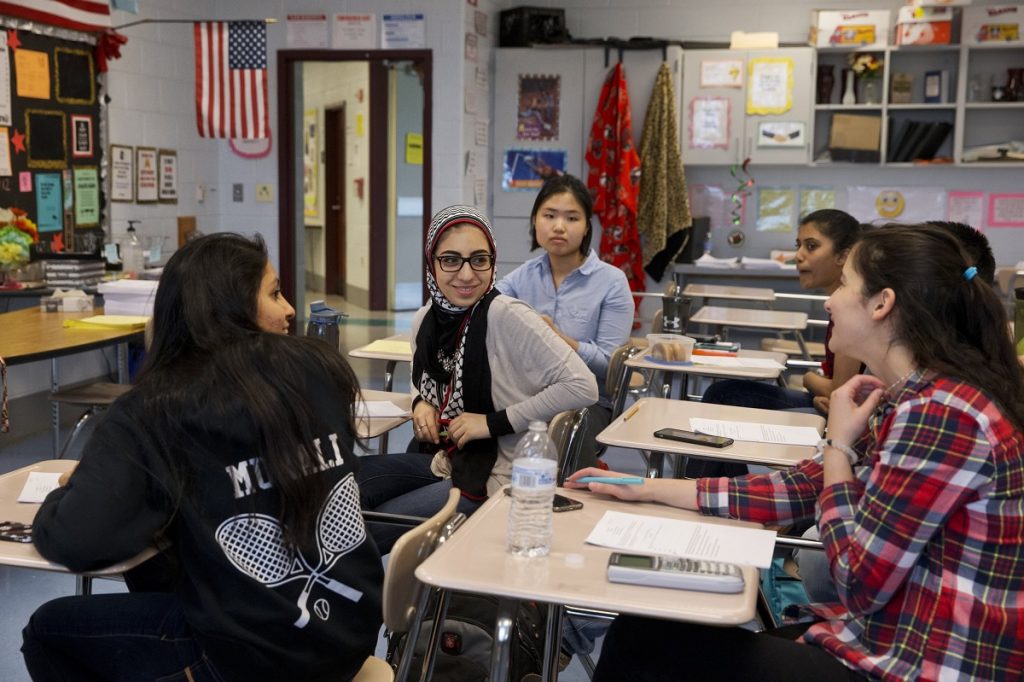
3. Empowerment Through Education and Representation
The hijab has not only failed to deter Muslim women from achieving academically—it has often become a symbol of resilience and self-determination. Many hijabi students go on to become:
-
Leaders in student government
-
Activists for social justice and religious inclusion
-
Academic scholars and researchers
-
Community organizers and public speakers
Figures like Ilhan Omar, Linda Sarsour, and countless educators, doctors, and engineers represent a growing class of visible Muslim women who challenge stereotypes through academic and professional excellence.
4. The Role of Community and Institutional Support
A key factor in the success of hijabi students in the U.S. is the support from families, religious communities, and inclusive campus environments. Universities with diverse student populations—like those in New York, California, Illinois, Michigan, and Texas—often provide prayer spaces, halal food, and cultural centers that create a welcoming environment for Muslim students.
Moreover, scholarships, mentoring programs, and cultural exchange initiatives help hijabi women bridge cultural gaps and form strong academic and social networks.
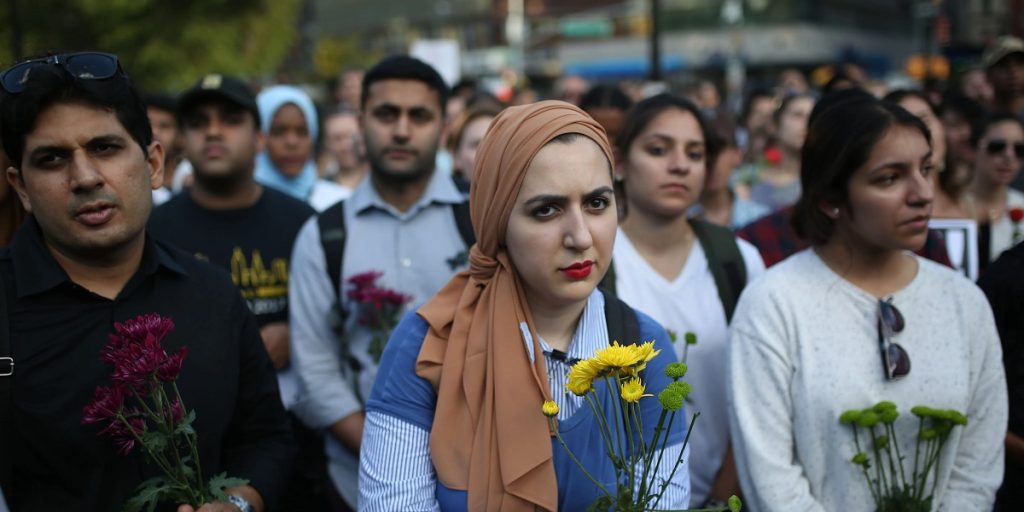
A Visible Identity, A Powerful Journey
Wearing the hijab in the United States does not hold Muslim women back from education—it often fuels their drive to succeed, represent, and lead. While challenges remain, the broader trend reveals that American campuses are increasingly places of opportunity and empowerment for hijabi students.
Their presence and excellence not only break down harmful stereotypes, but also enrich the cultural, academic, and intellectual fabric of American higher education.
